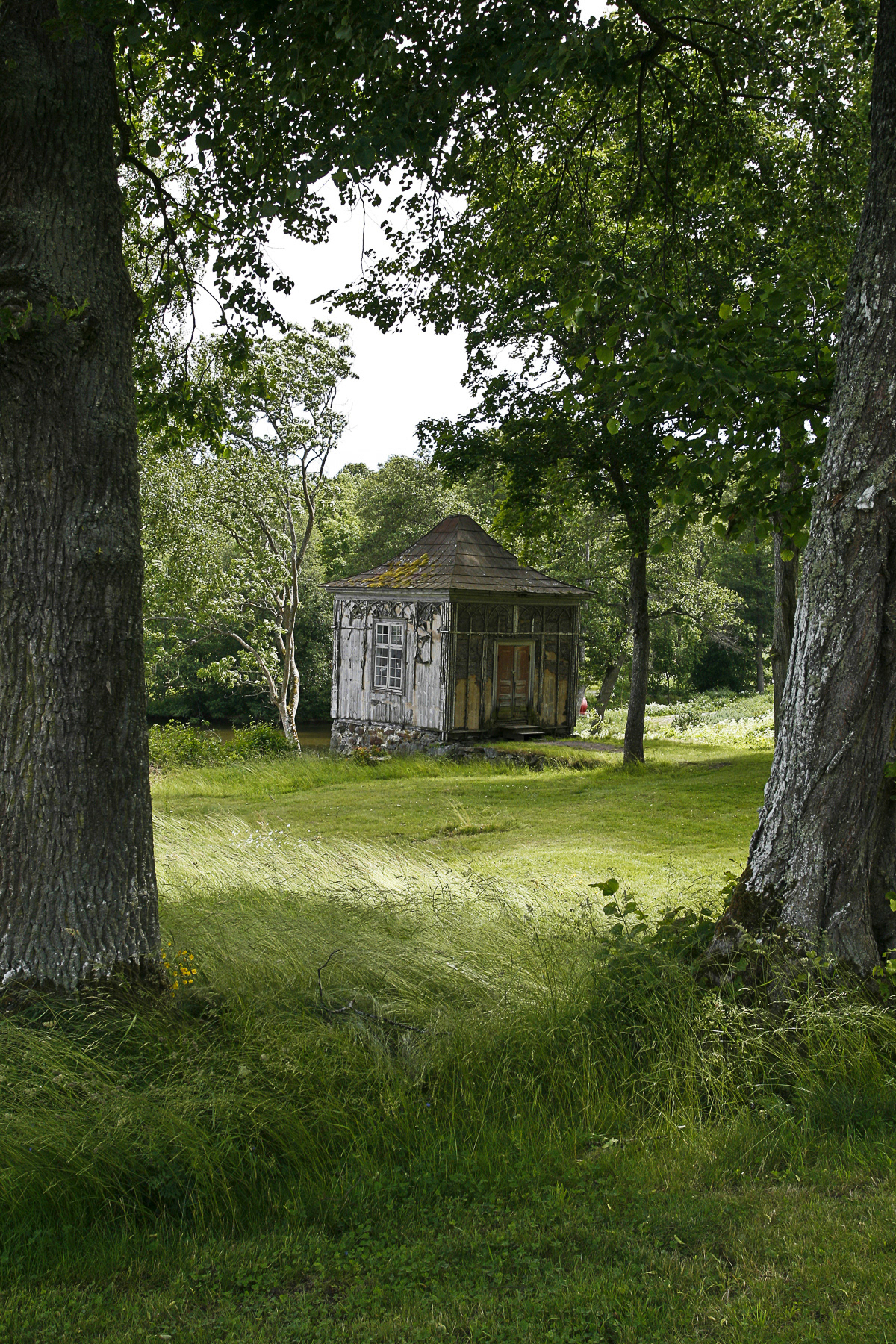The land of the men from the south – Södermanland – indicates how closely the region south of Stockholm is connected to the capital of now, and of Uppsala - the seat of Swedish kings - of the past. Like the region around Uppsala (click here for my Uppsala album), Södermanland has beautiful castles and nice smaller towns and cities to visit.
Eskilstuna.
Eskilstuna
Eskilstuna owes its name to the English missus St. Eskil who came to the area around 1100. The growing city of currently about 70,000 inhabitants has been profiting from better connections to the country's capital city. It got its fast train connection with Stockholm in 1997. One can get a characterful view of Eksilstuna's old town (the Gamla Staden) from the west bank of the Ekskilstunaån river, near the Fors Kyrka (church). For a closer introduction, walk on the Köpmangatan.
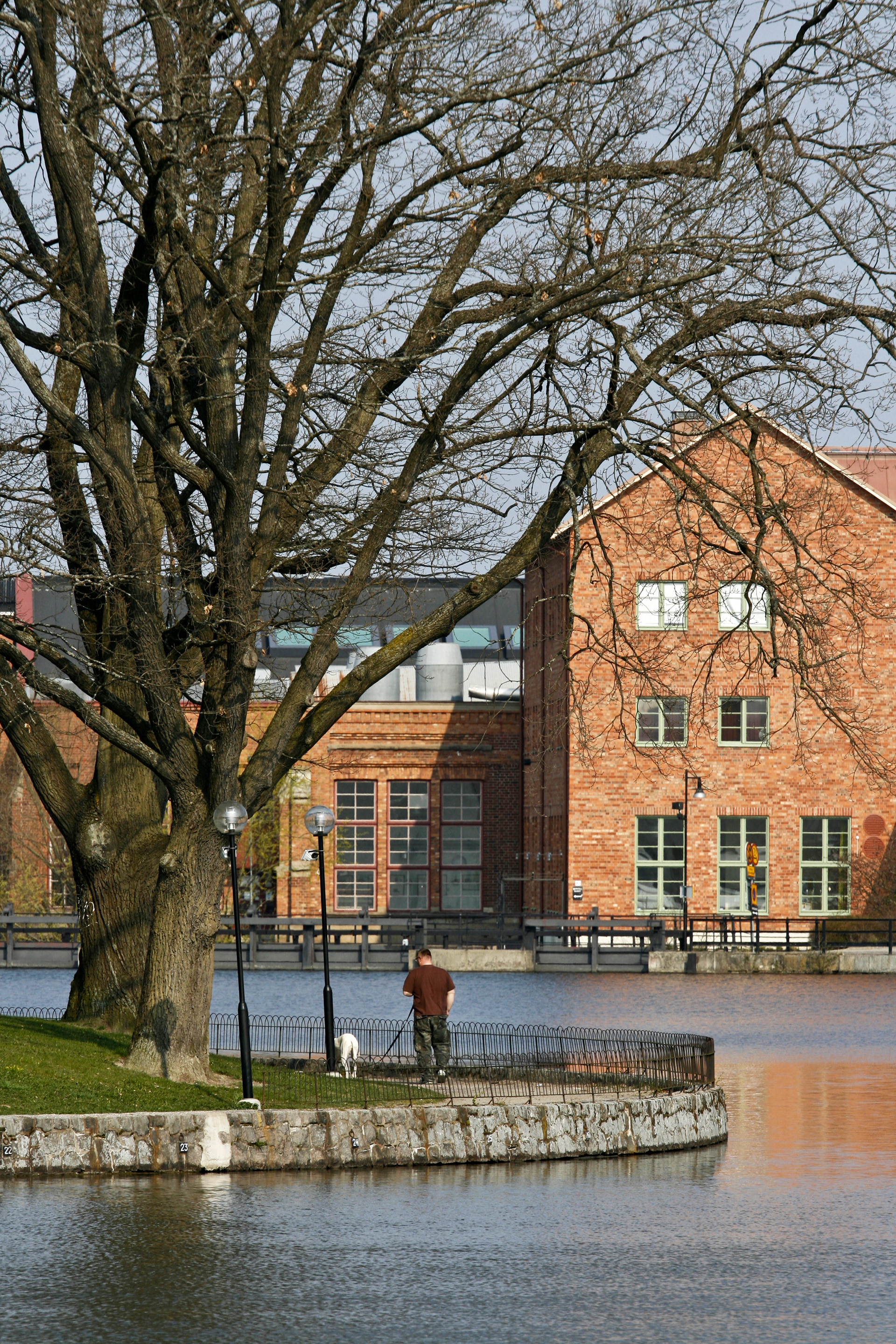
Former factories on the central river islands
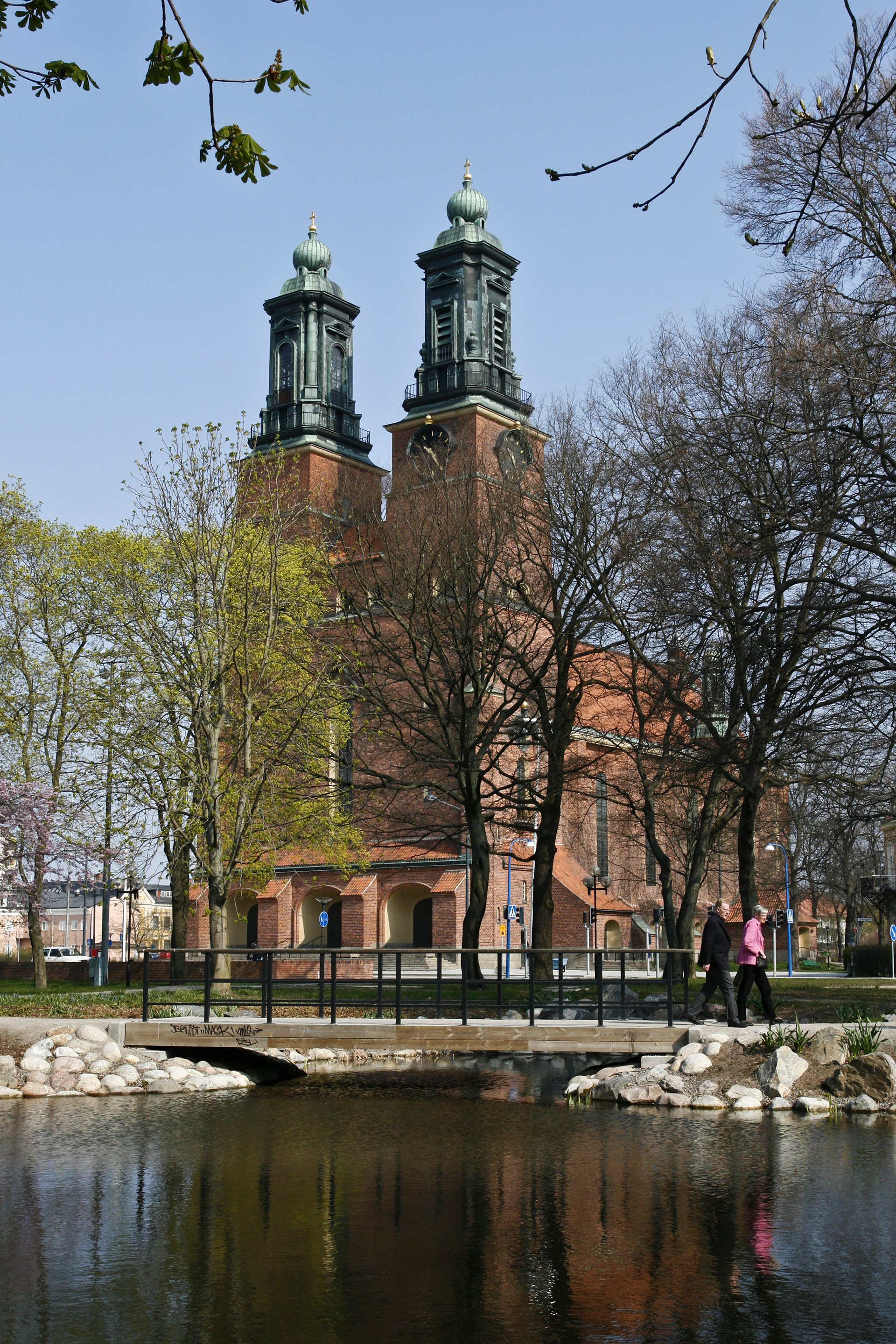
Klosters kyrkan (The Monestary Church)

A typical Swedish wooden house, in Eskilstuna
The former factories on the river island in the centre of Eskilstuna. Photo from 2008.
Strängnäs
People lived in and around nowadays Strängnäs for 8,000 years. It was here that Gustav Vasa was appointed king on 6 June 1523, and since 2005 it is even a national holiday. Noteworthy are the Strängnäs Väderkvarn, the mill in the so-called Holland style from 1855, and the cathedral.

Strängnäs
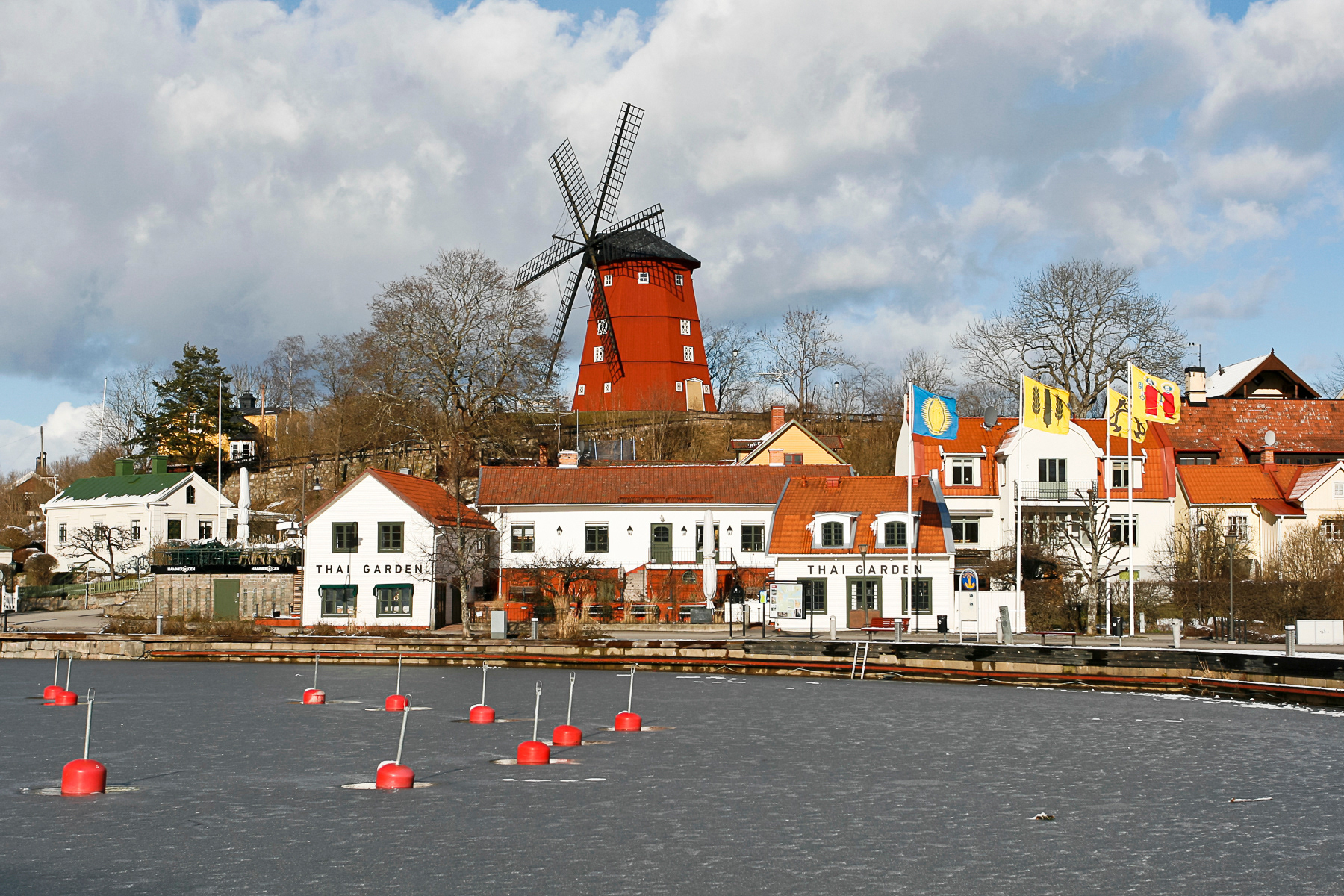
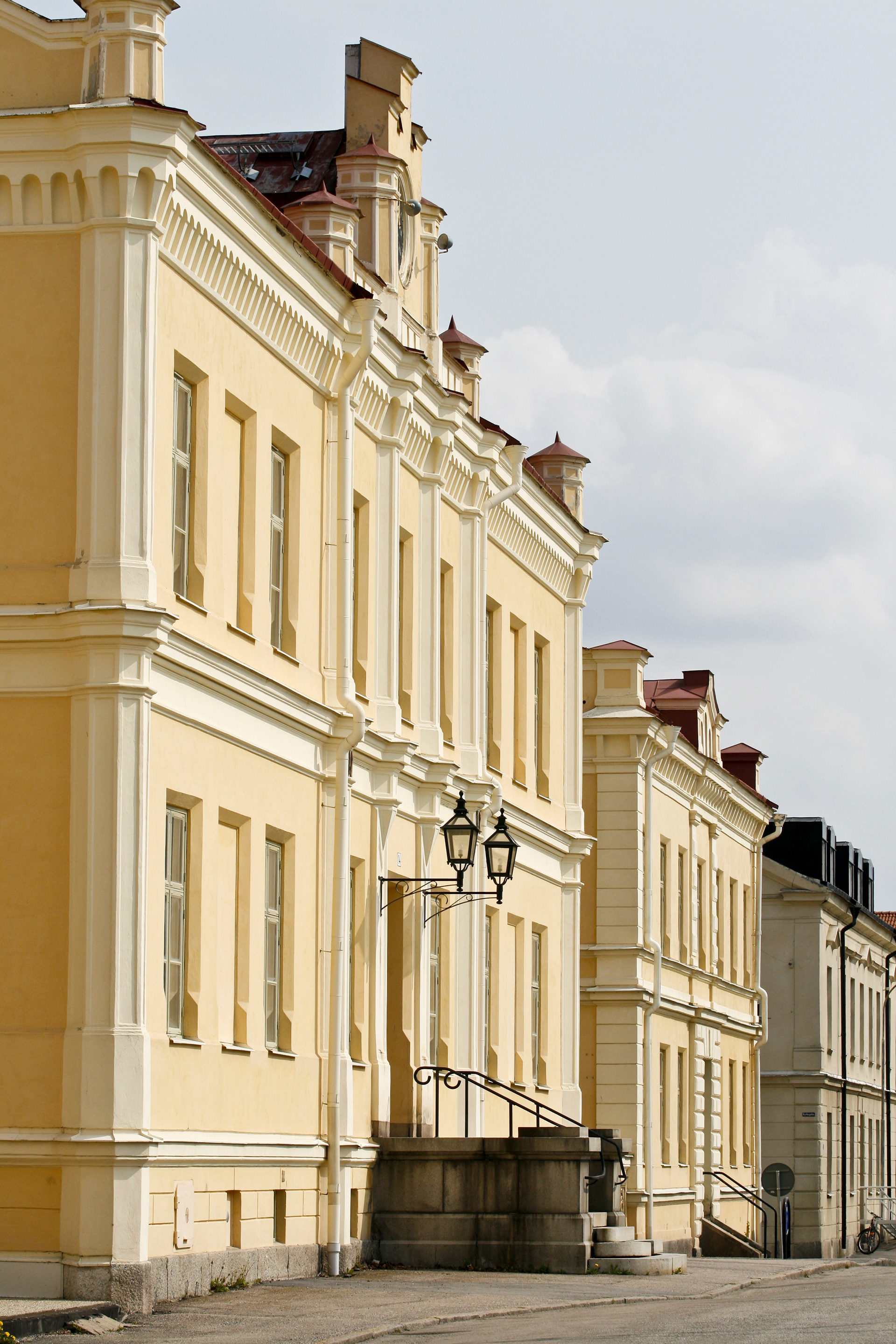

Mälsåker Slott near Strängnäs
On the extreme southeastern tip of the island of Selaön, northeast of Strängnäs, a palace castle with a rich Second World War history is found. Mälsåkers Slott was a secret main base of the Norwegian army from 1943 to 1945, when Norway itself was occupied by the Nazi-Germans. More than 15,000 of the 60,000 Norwegian soldiers who fled to Sweden - mostly infantry - trained secretly at the castle grounds. Dubbed the 'police platoon' - out of political reasons - the platoon of division strength would re-enter Norway as soon as Nazi Germany would capitulate. Mälsåkers Slott is closed for the public apart from weekends in the summer months.
Mälsåker Castle, Strängnäs, in 2008.

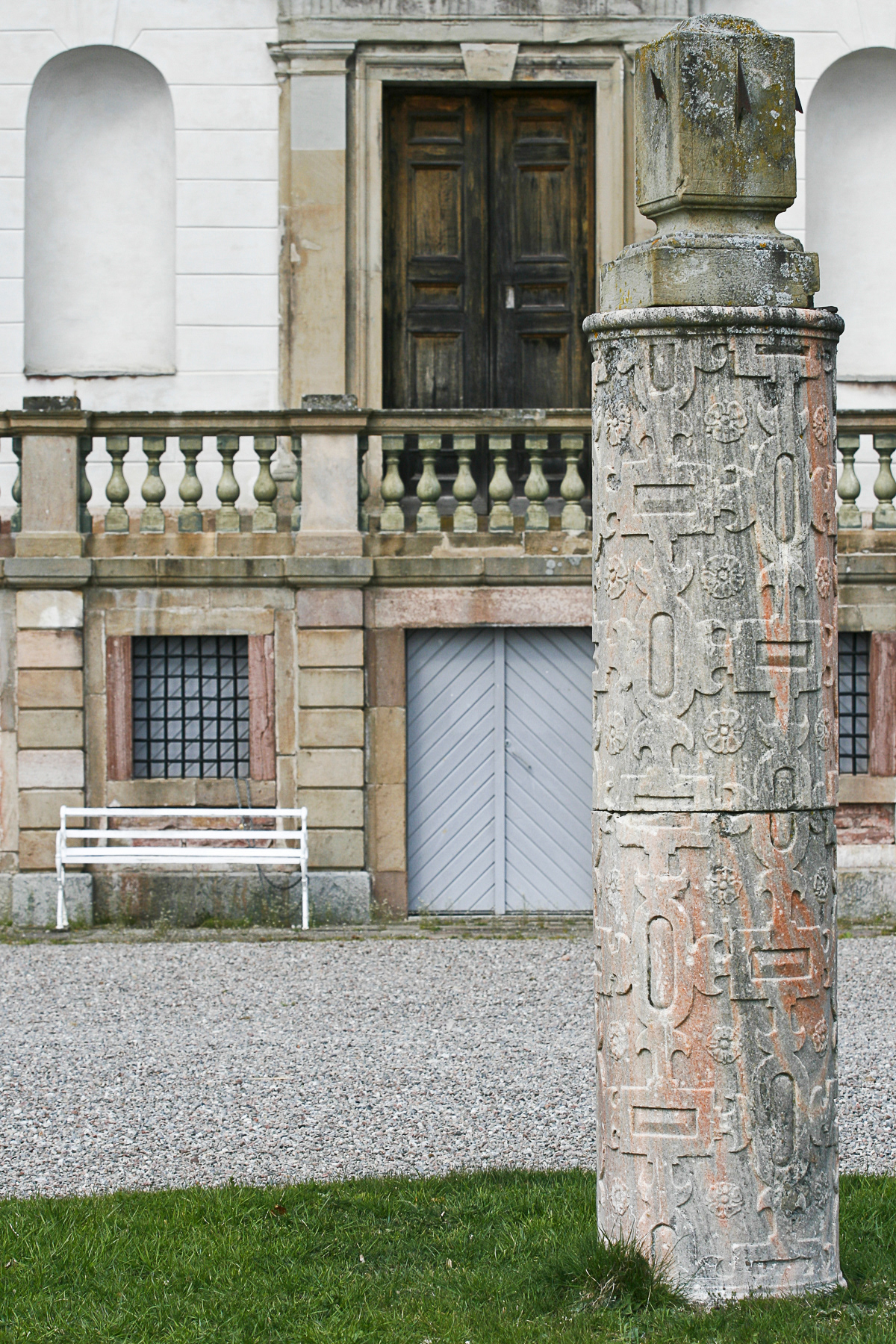

Mariefred
Mariefred owes its name to an old monastery, Pax Mariae, called the Peace of Mary or “Marias fred” in Swedish. Astrid Lindgren's book Kasja Kavat was filmed here. Mariefred is the most "Polish" place in Sweden, thanks to the three Polish submarines and their crews finding shelter here on the run from the Nazi Germans and the Russians in 1939. Many of the Polish stayed and some maried Swedes.
Across the waters of the village itself lies Gripsholms Slott, named after Bo Jonssons Grip who built it in 1370. Later Swedish king and founding father of "modern" Sweden took control of it in 1537. It is home to the national gallery of portraits. If you ever were big in Sweden, you'll find your face here hanging on the wall. One does not necessarily have to be dead, e.g. the portrait of the current Swedish king can be seen here as well.
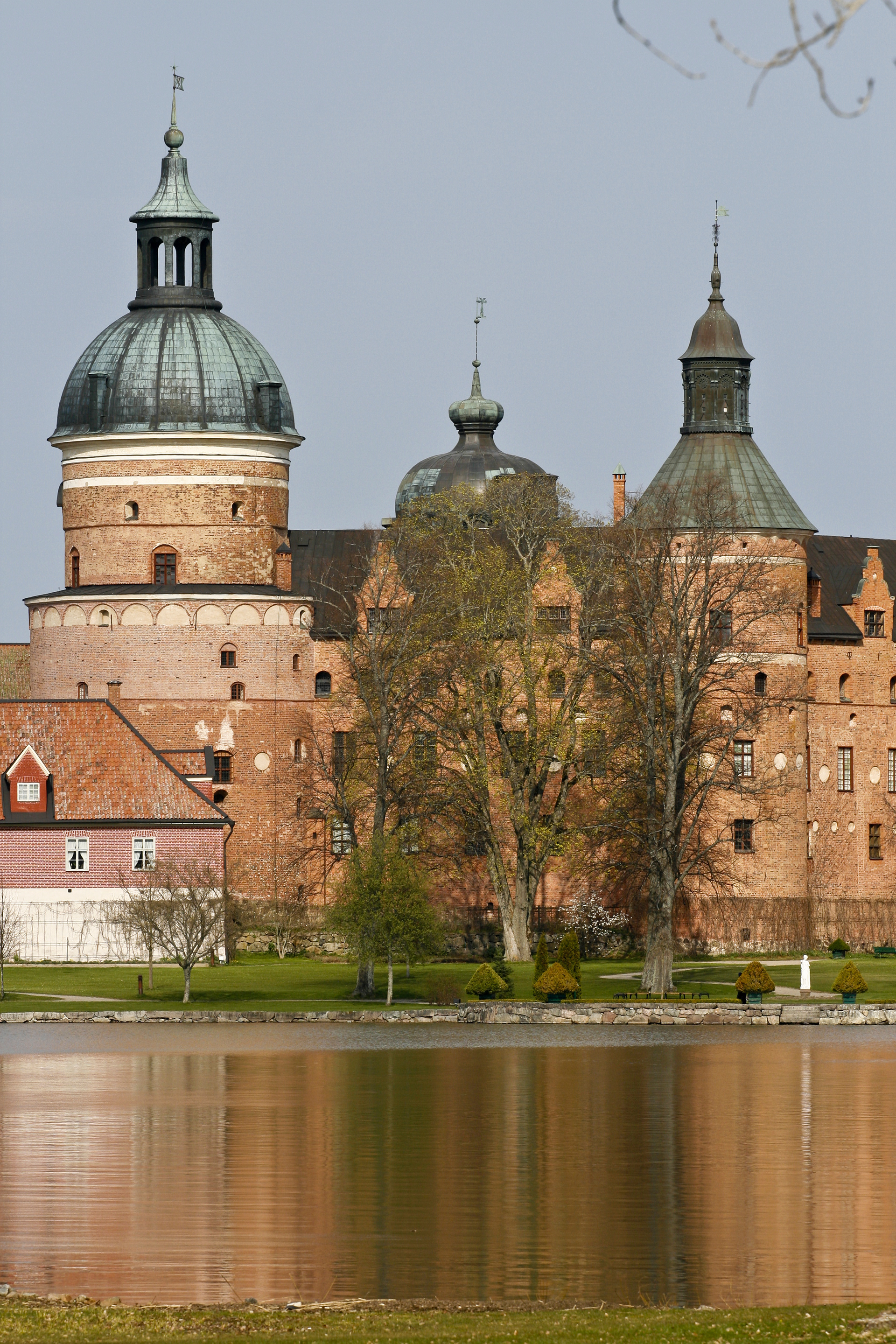
Gripsholms Slott
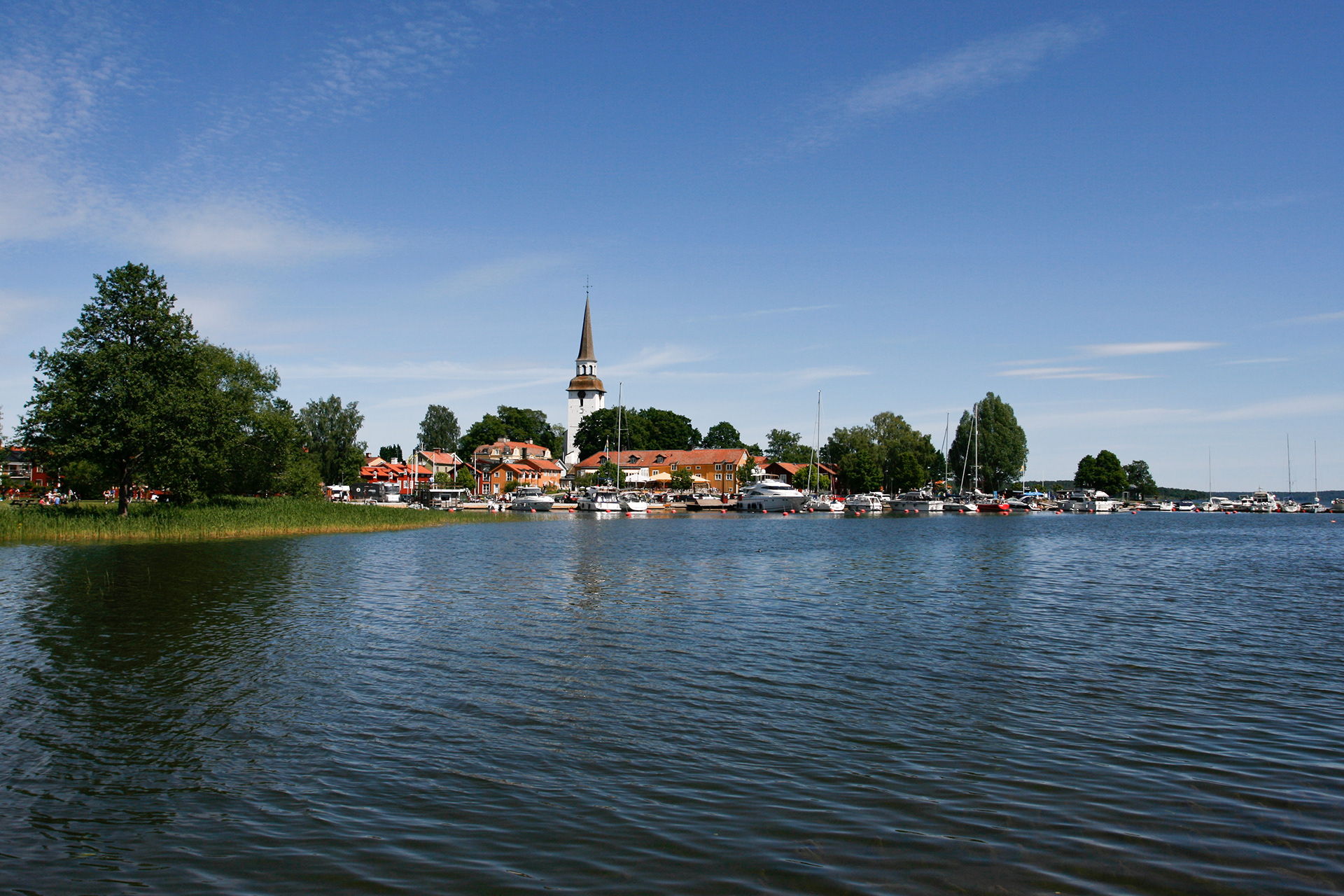
Mariefred centre
Random shots from Södermanland

Regional bus in Ytterjärna
